In association with Aqua Blue Sport.
It can be daunting trying to get to grips with the technical aspects of taking up mountain biking for the first time. If you are just starting out off-road there are a multitude of issues you need to be prepared for before that first adventure but the most common occurrence that will bring your ride to a literal stop is the dreaded puncture.
The last thing you want is a puncture, as it makes trailside repair the only viable option if you want to be able to hop back on and continue riding. However, there’s nothing more frustrating than having to fix or fit an inner tube – especially if the weather’s not great. As such, being prepared for the worst possible outcome is the best thing that you can do to minimise downtime when you get a puncture.
While there is an array of affordable puncture repair kits, these are the most basic of kits and generally perceived to be the most time-consuming method of repairing a ruptured inner tube. With this in mind, here’s a list of bike accessories and components to include when assembling your own ‘Ultimate Puncture Repair Kit’:
1 – Tyres
Although it’s really unlikely you’ll need to carry a spare tyre, you should always check the condition and pressure of your tyres before you venture out cycling. You should ensure that your tyres are not worn too much and have any noticeable holes within the rubber, as this is likely to increase the chance and frequency of punctures.

2 – Tyre Levers
Tyre levers are an essential inclusion of any puncture repair kit, as they offer a quick and easy method of removing the tyre from the wheel and extracting the inner tube. Without a pair of these, you’ll struggle to get to your inner tube and will hinder the effectiveness of trailside repairs.
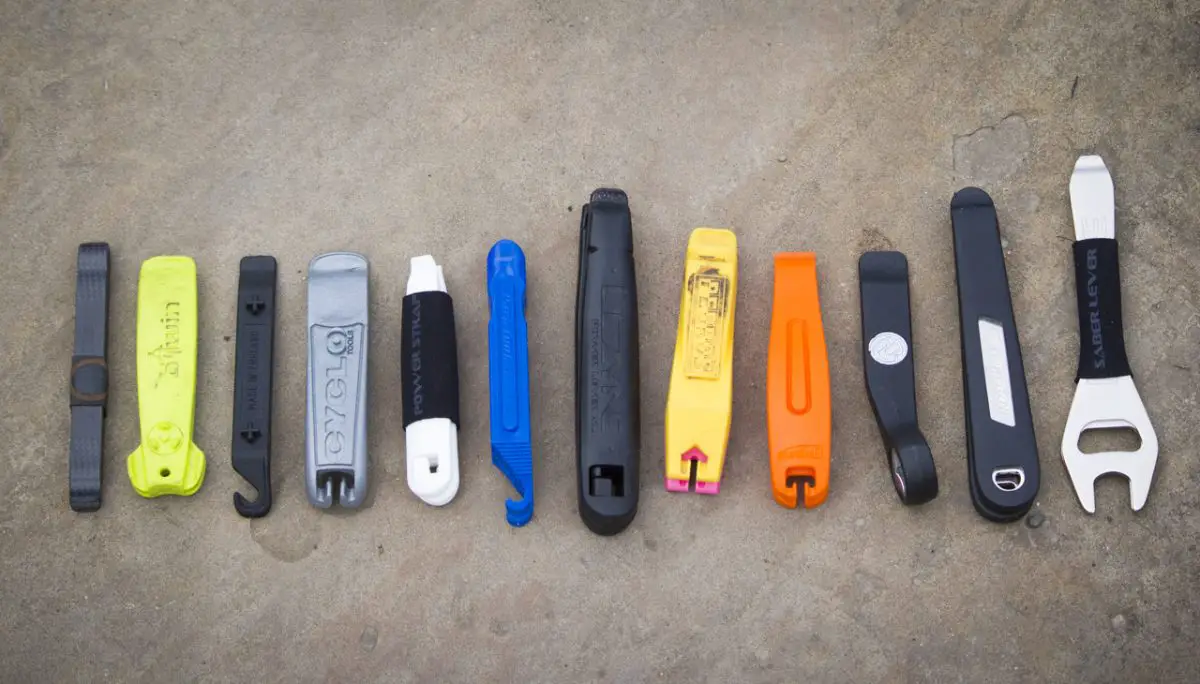
3 – Tyre Liners
Tyre liners offer increased protection to prevent the occurrence of pinch punctures and is added into the inside of the tyre to form a barrier between the tyre wall and inner tube. Tyre liners are the ideal solution to reduce the risk of your perforating your inner tube should a sharp object pierce through the tyre and possibly enter into the inside.
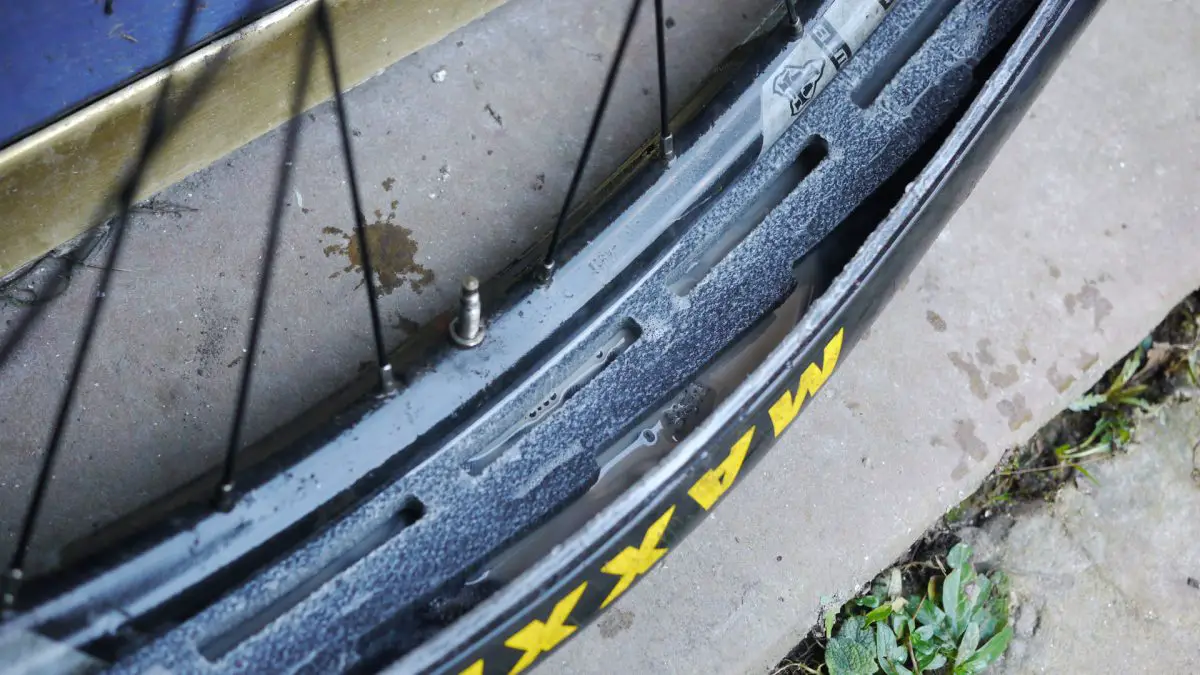
4 – Inner Tube
Whenever you decide to go cycling, you should always carry a spare inner tube should you ever need to replace a punctured one. While standard butyl ones are easy enough to change, they’re not always the most durable so it’s worth considering other measures to prevent punctures.
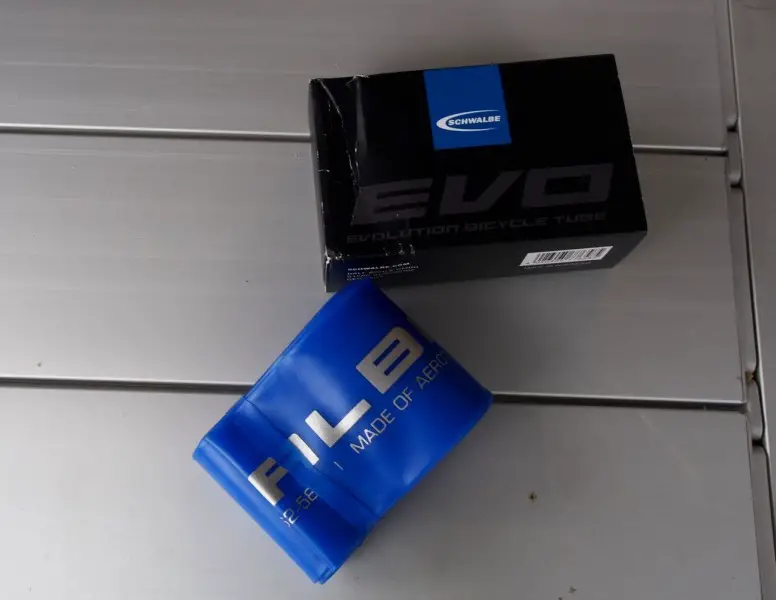
5 – Self-repairing
Although more expensive, self-repairing inner tubes contain a sealant that’s designed to seal and repair punctures before your tyres run flat. Not only that, but since the sealant released is generally a bright colour it also helps to identify where the inner tube has become compromised. Available in various sizes and valve types, self-repairing inner tubes are the perfect way to reduce the need of a full replacement while out on the road.
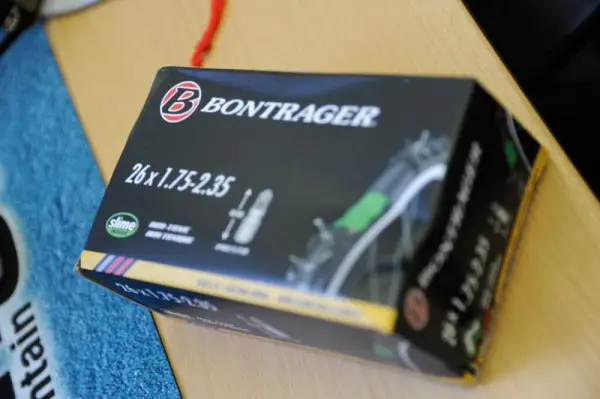
6 – Other Protection
If you’d rather take the more cost-effective option, standard butyl are the most common types of inner tubes used by cyclists. As such, you should look to carry items that can quickly repair them, such as tube sealant or patches that can offer you a quick fix to get you back on your bike in no time.
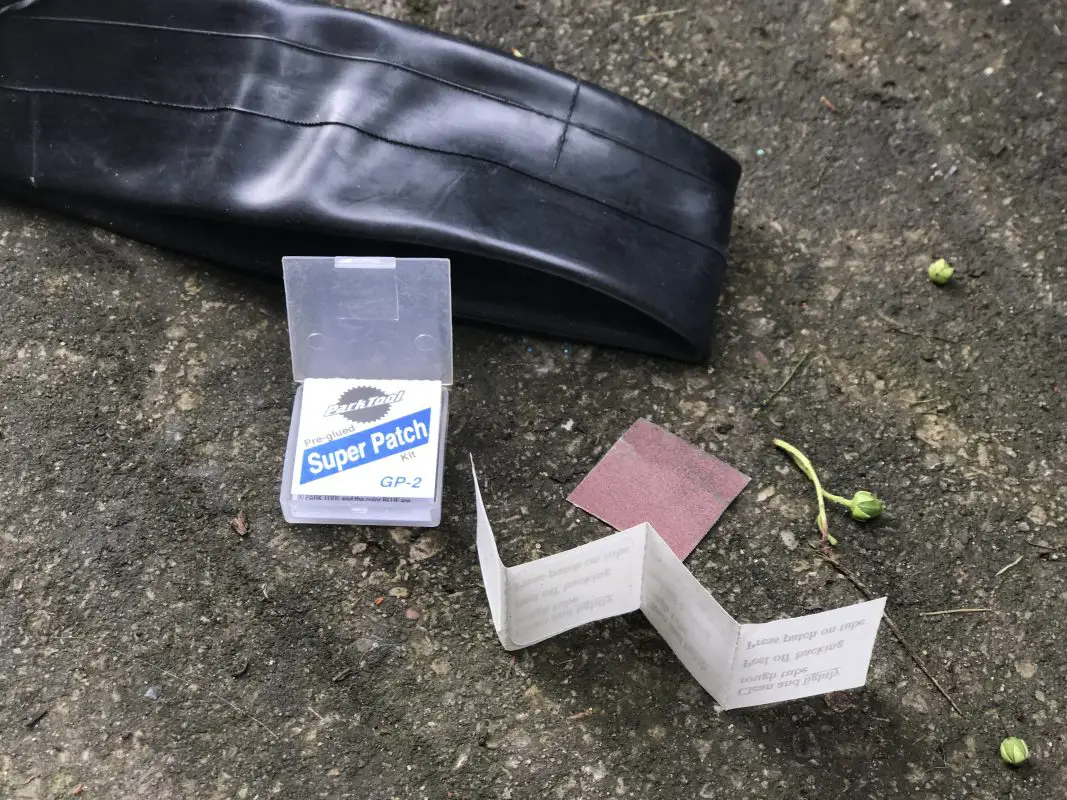
7 – Pump
While hand pumps are an essential inclusion to any cycling gear, they’re not always the most effective and can be relatively time-consuming. When looking for minimal downtime, hand pumps aren’t the most suitable, but CO2 pumps can inflate an inner tube from flat in seconds. Not only that, but CO2 pumps are much more lightweight when compared to hand pumps too and simply require a fresh CO2 canister to inflate a flat tyre in a flash!
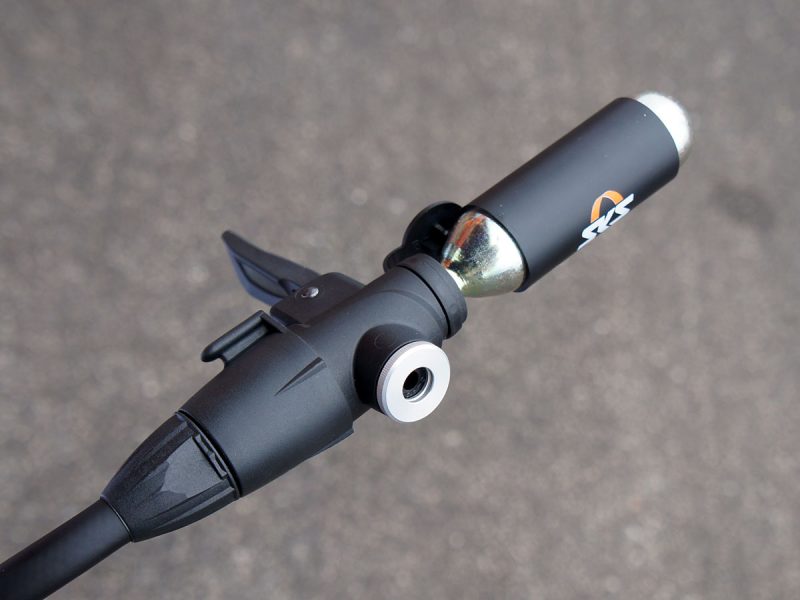
8 – Multi-tool
Multi-tools are an essential item to carry at all times when out cycling, as you never know when you will need to make a quick fix to your bike. More specifically, though, if your bike doesn’t have quick release levers, then you’ll need a multi tool to be able to remove your wheel and replace your inner tube.
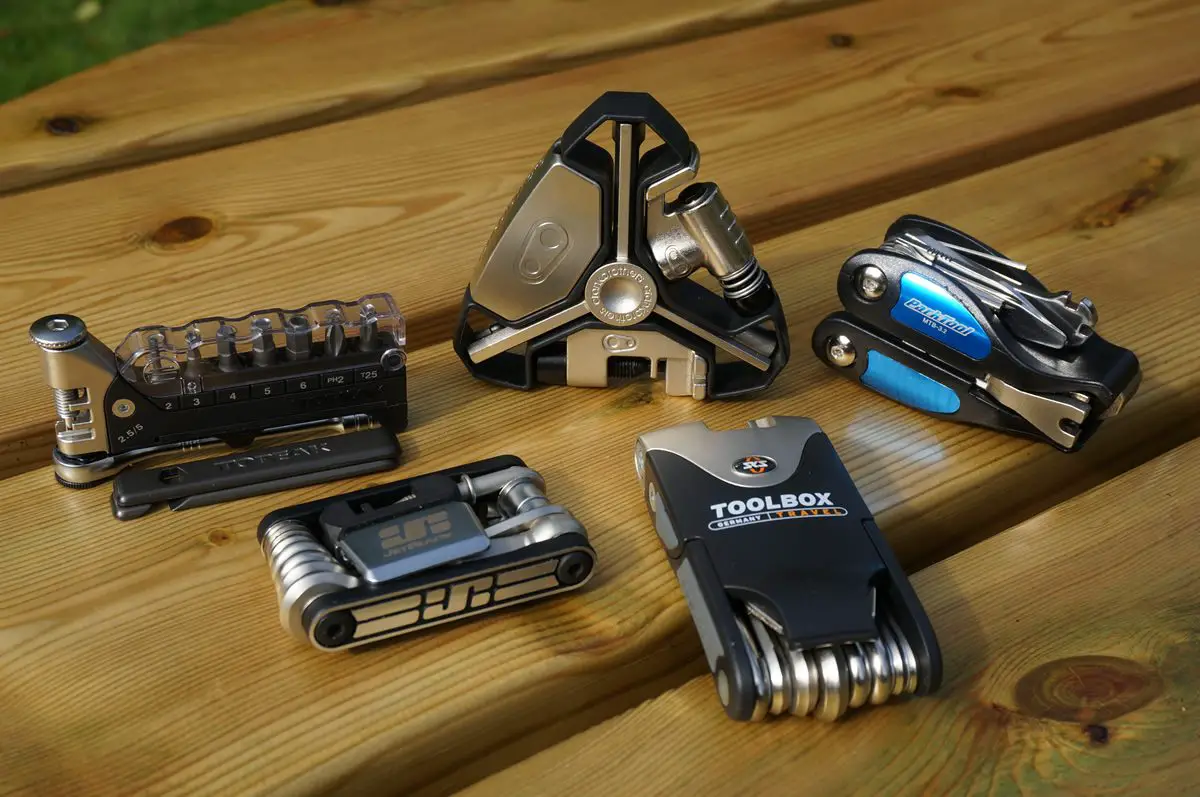
Summary
In summation, while a puncture repair kit is small, light and cheap; we live in the 21st Century and there are far more innovative methods of puncture prevention and repair available, than the bog standard fix you can expect with an inexpensive kit. As such, if you’re an avid cyclist then you should look to create your own method of puncture protection using more specialised products for minimal downtime.
Disclosure
This article was sponsored by Aqua Blue Sport

